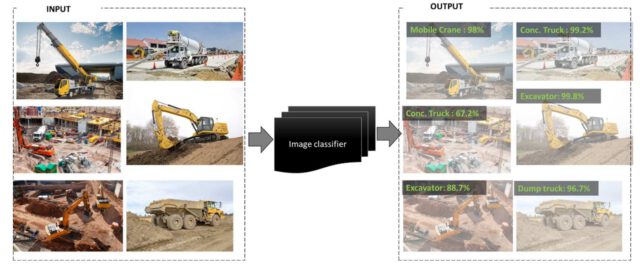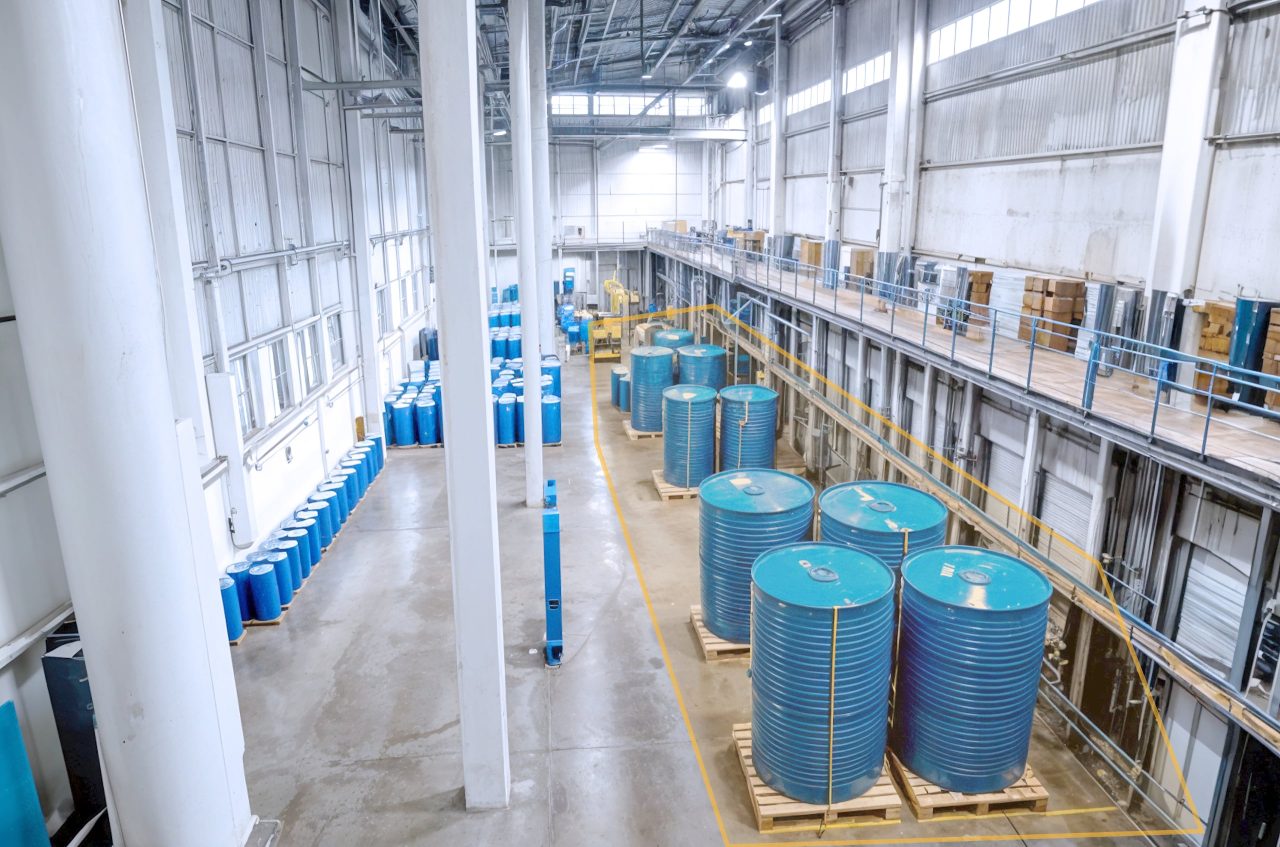Computer Vision significantly enhances safety in construction sites by identifying hazardous zones and potential risks in construction areas. This is achieved by pairing the Computer Vision system with information gathered from cameras, drones, and sensors installed in the construction site, leading to a robust real-time monitoring system.
The need for computer vision in the construction industry
In traditional settings, a dedicated safety team is tasked with monitoring and detecting hazardous environments, such as falling objects, equipment-related accidents, or building structure failures. This is a manual measure that relies on the inspecting team, which is prone to negligence or human errors, putting people’s lives in danger. Additionally, monitoring large construction sites is time-consuming and labor-intensive, often leading to delays.
Computer Vision offers an efficient and automated way of monitoring construction sites using cameras and sensors installed in the area to detect potential hazards. Additionally, using past data, Computer Vision systems can also predict potential dangers that might be hidden from the human eye. Combining all these factors, CV offers a much more efficient, faster, and reliable way of monitoring construction sites.
Technical viewpoints

Using a CV in Construction sites involves the following process:
- Deploying sensors and cameras: Installing cameras at various locations in the construction sites, that continuously record video, especially in places where there is potential hazard. This can be in the form of drones equipped with cameras for aerial surveys for capturing images and videos from various angles and heights. Construction workers can also wear equipment with cameras that gather information from their perspective, especially in areas where it is difficult to install cameras or send drones. Additional sensors are installed that gather environmental conditions such as temperature, humidity, and noise levels.
- Data storage: Data from various sensors are gathered in one place, such as a dedicated server or even cloud storage. Then the data is labeled to include examples of safe and unsafe conditions.
- Machine learning: Machine Learning Models are trained on collected data and learn to distinguish safe and unsafe conditions, by extracting key features and recognizing patterns in the data.
- Real-time monitoring: The trained model is deployed on the construction site, and runs continuously on data coming from various sensors cameras, and drones. In cases where a dangerous area is detected, the system sends a notification to security teams, that can either check the site themselves or notify workers in the area.
Uses cases
The use of CV in construction sites offers several benefits in making the work environment safer for workers:
- Equipment and machinery monitoring: Monitor the movement of heavy machinery and equipment to make sure proper distance is maintained between machinery and workers in that area, reducing any possible accidents. Additionally, CV systems can detect and alert supervisors for unsafe operations of heavy machinery. For example, detecting if proper safety protocols are followed, or improper use of machinery.
- Structural integrity monitoring: CV systems can detect if there are any deformations or cracks in the construction using data from cameras and other sensors installed in the area.
- Environmental hazard monitoring: Detect signs of fire or smoke in the construction sites, raise alerts to notify supervisors early, and help with preventing any hazard or injury to workers. Or detect any hazardous chemicals or materials that get spilled in the area.
- Site perimeter security: Monitor the construction site for any unauthorized access, making sure that only authorized workers and engineers are allowed to enter a particular site in the construction area.
- Worker behavior analysis: Identify and track worker behavior such as running, or improper lifting techniques. Additionally, identify worker movement to detect signs of fatigue that are major causes of accidents in construction areas.
Business value proposition
Computer vision, along with the safety of workers, offers several benefits for the construction businesses:
- Lower insurance costs and accidents: By detecting hazards and unsafe conditions in real time, CV systems can reduce the occurrence of accidents, leading to fewer injuries. This in turn improves safety records for the organization and leads to lower insurance costs and liability costs.
- Increased efficiency: Real-time monitoring systems help reduce the number of manual inspections and allow better utilization of human resources for more important tasks, and this also reduces the overall costs of the organization.
- Reduced downtime: Early detection of dangerous areas and potential hazard situations, significantly reduce the damage caused. Early detection reduces equipment and structure damage, aids in timely maintenance, and minimizes downtime. This ensures projects are completed on time. Additionally, workers are much safer from hazards, and can continuously contribute to the project.
